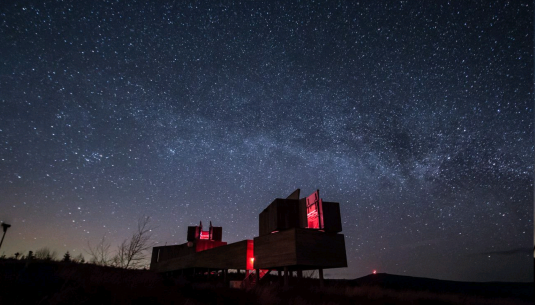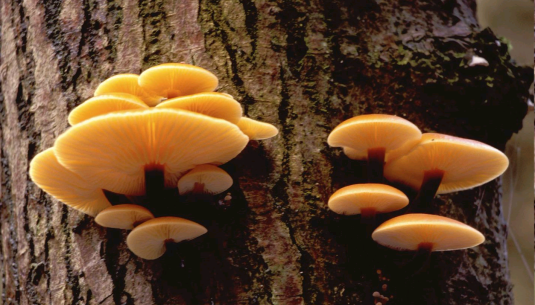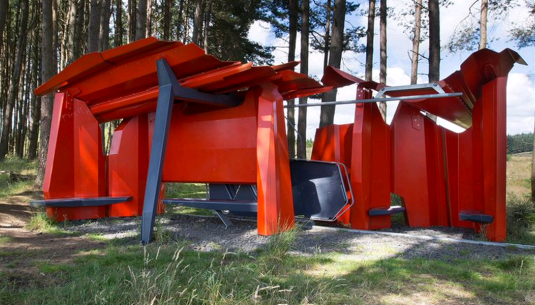
The workings of the forest
Kielder Water & Forest Park forms part of the largest man-made forest in Northern Europe. Each year the Forestry Commission harvests around half a million cubic metres of timber with the wood being used for many applications:
- constructional grade timber for house building
- logs for pallet wood and fencing
- small roundwood for chipboard and other panel products
- pulpwood for card production
- wood fuel both for domestic and industrial uses.
There are around 200 people employed both directly and indirectly in timber harvesting and so the forest plays a vital role in the economy of the northeast of England.
Every winter/spring the Forestry Commission plants three and a half million trees to replace the ones which have been cut down. The water surface area of Kielder Water is about 1000 ha - this represents the same size of area which is replanted with trees each and every year.
Kielder Forest is managed sustainably and is a valuable home and sanctuary for many species of flora and fauna, including deer, squirrels, birds of prey, border mires with peat bog plant species.
The forest thrives as a truly outstanding example of modern forests.
Forestry Commission as one of the key partners within Kielder Water & Forest Park Development Trust are equally committed to local engagement with local communities and people wishing to be involved with enhancing the public forest at Kielder.
Examples of these are volunteering opportunities. Monthly volunteering opportunities to work with the ranger team are offered as well as Osprey Watch volunteering (May- August) and all year-round mountain bike trailbuilding opportunities working with the Forestry Commission and also local Mountain Bike Trailbuilding volunteer crew Kielder Trail Reavers.
For more information about these opportunities please email Enquiries.Kielder@forestry.gsi.gov.uk
The workings of the reservoir
Kielder Water is the largest man-made lake in northern Europe and is capable of holding 200 billion litres of water. It has a shoreline of 27 miles and is 170 feet at its deepest point (taller than Nelson’s Column). Following many years of planning it was built at a cost of £167million and was officially opened by Her Majesty the Queen in 1982.
When completed, the Kielder Water Scheme was one of the largest and most forward-looking projects of its time. The first example in the UK of a regional water grid, it was designed to meet the demands of the northeast well into the future.
The scheme is a regional transfer system designed to allow water from Kielder Reservoir in the northwest to be released into the Rivers Tyne, Derwent, Wear and Tees. This water is used to maintain minimum flow levels at times of low natural rainfall and allows additional flows to be released for both domestic and industrial abstraction.
Electricity generation is also a by-product of the release of water into the river. Two hydro-electric generators installed at Kielder dam convert latent energy into electricity for the nation grid. A water release of 1,300 million litres a day can produce enough power to illuminate a town the size of Hexham (population 11,000). Kielder Water can provide up to 909 million litres a day, nearly as much as all the other sources in the region added together.
In close consultation with the Environment Agency, which sets the release regime for the reservoir, water releases are used to encourage migratory salmon and sea trout to move up the river to spawn. It can also be used to help resolve problems these fish encounter with shallow flows in the lower stretches of the Tyne or in emergencies when a pollution incident has occurred downstream.
The local community has also benefited through job creation and an influx of tourists who use the area for recreation.



